Petrochemical Biochemicals PETResin 04-01-2021 - Arhive
Petrochemical Biochemicals PETResin
-Petrochemical Spandex Nylon66 PETRecycling Trend
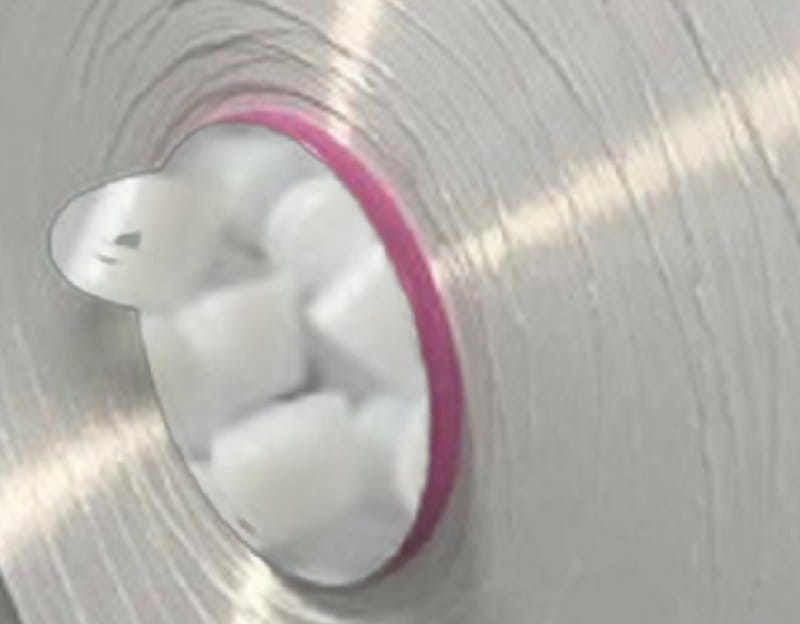
Crude Oil Prices Trend

-Masterbatch incorporates recycled carbon black from post-consumer tires
Modern Dispersions Inc. (MDI) has launched a new line of black masterbatches that contain 100% recycled content. The company’s ECOBlack product, made of 100% recycled carbon black from post-consumer tires and polyethylene (PE) resin from a recycled stream, reportedly sets a new standard for quality versus competitive recycle-content black masterbatches and furthermore delivers cost savings. The company will introduce the new masterbatch at the K 2016 exhibition (Hall 5/C09-4), which runs Oct. 19-26 in Düsseldorf, Germany. Petrochemical Biochemicals PETResin
From the sustainability standpoint, the use of 100% recycled content delivers major advantages. Every ton of feedstock used in the recovery process results in the elimination of one ton of oil in the production process and 1.4 tons of CO2 emissions, according to the company. “The carbon black is recovered from tires using pyrolysis,” says Kozma.
The black masterbatch offers a cost savings from 5% to 10% over standard grades and can be used in many traditional applications such as film, sheet, and molded items. The new material is used at typical masterbatch letdown ratios of between 2% and 5%. Modern Dispersions has trialed the new black masterbatch in several automotive and office furniture applications.

-Textile Recycling: Methods and Developments
An aspect of the textile industry, which in any case has a strong impact on the ecosystem, concerns the large production of solid waste.
The types of waste can be classified in function of the relative production: spinning wastes are realized by opening waste, carding waste, sliver waste, roving waste, combed noil, bonda soft waste, and pneumafil waste. Petrochemical Biochemicals PETResin
Examples of clothing waste are given by knitting waste fiber sulfonate and yarn, woven waste fiber and yarn, woven and knit cutting waste, or also by the use of old clothes; in terms of waste coming from nonwoven production, it can be found thermally and chemically bonded, in lightweight webs, needled webs, and coated and uncoated materials [40]. Finally, a large part of refuses comes from carpet manufacturing. In the work of Wang [41], it has been reported that in the US industries, about 1.4 million tons of fibers (such as nylon (60%), polyolefin (29%), polyester (10%), and wool (0.3%)) have been spent per year for the production of carpets.
About every 5–10 years, the old carpets should be replaced by new ones, constituting in this way a quantity of waste equal to 2–3 million tons per year in the U.S. and about 4–6 million tons per year worldwide.
The major part of carpet is made of nylon that represents a superior fiber compared to the most common of polyester and polypropylene in terms of features but also in terms of cost.
From this perspective, the usefulness, also economic, of recovering a potential resin from the discarded nylon fiber appears to be evident. In the following picture (Figure 3), some examples of textile refuse have been shown.
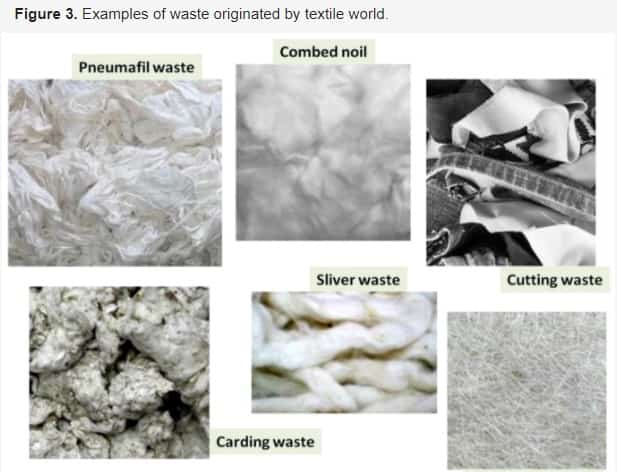
-LatAm eyes muted recovery from pandemic
Latin America will likely have a muted recovery in 2021 following the recession caused by the coronavirus.
The GDP of Latin America and the Caribbean should grow by 3.6% in 2021, after contracting by 8.1% in 2020, according to the International Monetary Fund (IMF).
For comparison, Asia will grow by 6.9% in 2021, Europe by 4.7% and North America by 3.3%. Petrochemical Biochemicals PETResin
Among the largest countries in Latin America, Brazil’s recovery will likely slow down because it cannot continue to fund the large stimulus packages that contributed so much to its economic rebound in 2020.
Brazil’s GDP rose by 7.7% in the third quarter from the second.
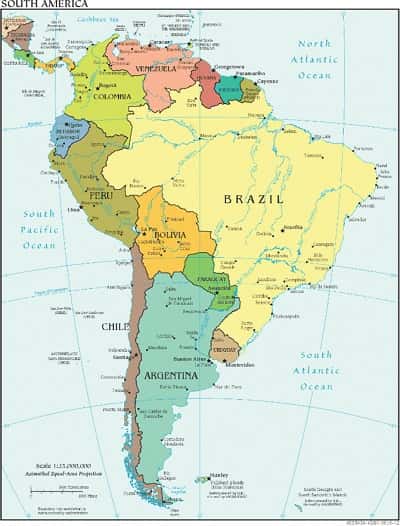
-Homework launches anti-viral curtain range with Amicor
Homework fabrics brand from Gold House Decor has launched new collection of anti-viral curtains with Amicor fibre. The collection is for both home and hospital curtains available in range of colours and designs. The fabrics contain Amicor fibre and have high level of efficacy against SARS-Cov-2 (Covid-19) virus, tested as per ISO 18184:2019 test standards. Petrochemical Biochemicals PETResin
The results showed a kill rate of 99 per cent of the viruses in just 15 seconds. Amicor is an anti-microbial fibre from Thai Acrylic Fibre Co Ltd, which is specially engineered by incorporating additives into the core of the fibre. The fibre has shown its effectiveness against bacteria, fungi and lately against viruses.

We cannot afford to waste any more time in our efforts to tackle waste and create sustainable communities. Global waste is expected to reach 3.4 billion tons in 2050 – a 70% increase on the latest figures – and 40% of all current plastic waste is entering and polluting our environment. Petrochemical Biochemicals PETResin
The performance of existing recycling systems is also wavering. In the US, for example, the recycling rate has stagnated at 34%. Despite investment in curbside recycling, this figure has plateaued for two decades. We have reached a crisis point.
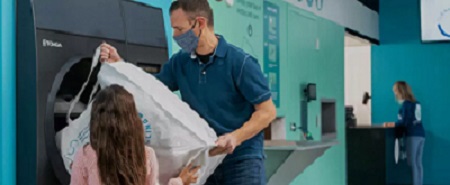
-20 Good Things to Come Out of 2020
Processors and resin makers step up; biobased/renewable PP makes commercial strides; BOPE makes inroads as monolayer contender; and, performance PP for engineering applications & sustainability ‘shines’.
Diverse Processors Step-Up for PPE
Through 2020, we saw so very many examples of plastic processors stepping up to meet the need for PPE and other hygienic and medical equipment. In the majority of cases on which we reported, these were not the type of products typically manufactured, and their production nearly always entailed some innovative equipment conversion and also collaboration with other manufacturers. Petrochemical Biochemicals PETResin
Among my favorites were an automotive parts and packaging manufacturer and a global thermoformer that serves the medical, telecommunications, automotive, and electronic industries.
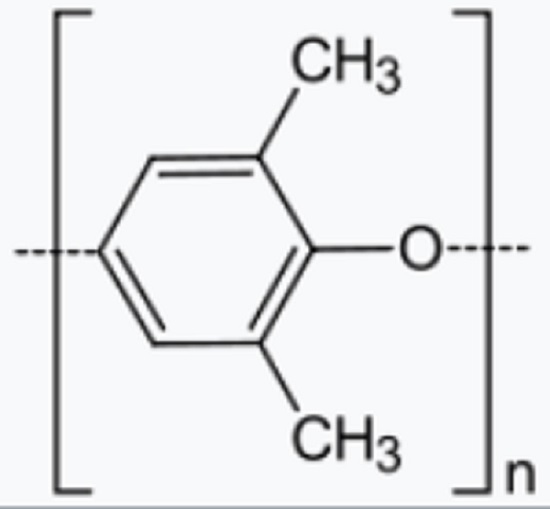
-First meeting on guidelines for more circular plastic packaging design in Israel
On 22 December, the first meeting for “the national working group for building a guide and training program for the design of sustainable packaging” was held as part of the United Nations Industrial Development Organization (UNIDO) led SwitchMed/MED TEST III project in Israel. Petrochemical Biochemicals PETResin
Due to the strict coronavirus measures, the meeting was convened online and presented the findings of a review of international guidelines for design and recyclability of plastic packaging.
Members from Israel’s packaging, plastic and recycling industry along with international experts in packaging, and UNIDO attended the meeting to discuss the findings and the applicability for Israel.
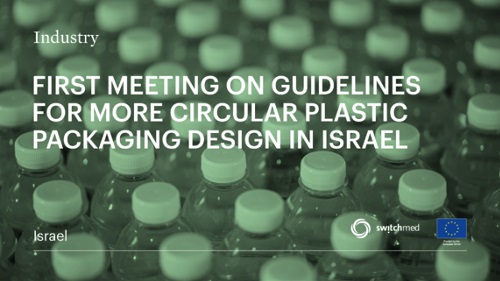
-Catalytic Hydrogenolysis of Polyolefins into Alkanes
We live in the “plastics age” where plastics are the most commonly engineered material and found in almost everything we purchase, ranging fromfood packaging and clothing to electronic and medical devices.
Polyolefins are the most common type of plastics, and there is tremendous interest from consumers, governments, and industry to have more efficient technologies for their recycling. Petrochemical Biochemicals PETResin
In this month’s issue of JACS Au, Julie E. Rorrer and Yuriy Roman-Leshkov at Massachusetts Institute of Technol- ́ogy and Gregg T. Beckham at National Renewable Energy Laboratory have demonstrated that polyolefins can be converted into alkanes over a ruthenium on a carbon suppor (Ru/C) catalyst under mild conditions of 200 °C and hydrogen pressure of 20 bar. Globally, more than 92.2 million tons of polyethylene
(PE) and 52.6 million tons of polypropylene (PP) are produced each year.2,3 However, most plastics are not efficiently recycled due to the lack of viable recycling technologies. Plastic recycling has several challenges including the low-density of plastics, contamination, and challenges with collecting and sorting the waste plastics.
It has been estimated that only 14% of plastics that are produced are recycled (with only 2% being recycled in closed-loop processes), 40% are being landfilled, and 32% are leaking into the environment.
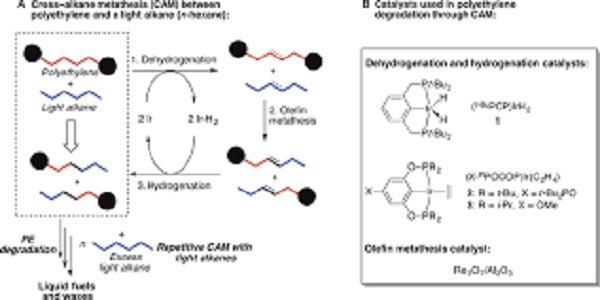
-Crude ends year at two-week high as market looks to OPEC+ meeting
- OPEC+ ministers meet Jan. 4 to set February quotas
- Cr NYMEX February WTI settled 12 cents higher at $48.52/b and ICE March Brent climbed 17 cents to settle at $51.80/b.
- ude forward curve strengthens
- US oil, gas rig count falls by six to 407
Crude oil futures rode a late session upswing to end 2020 higher, as the market looked to a Jan. 4 OPEC+ meeting for next direction.
With oil markets closed Jan. 1 for the New Year’s Day holiday, the next driver is likely to be the OPEC+ group meeting Jan. 4, when ministers will decide on production quotas for February. Petrochemical Biochemicals PETResin
Russian Deputy Prime Minister Alexander Novak floated the possibility Dec. 25 of another 500,000 b/d increase for February, the maximum monthly amount allowed under the rules set by the alliance for the first half of 2021.
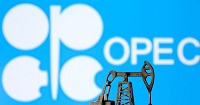
Petrochemical Biochemicals PETResin
